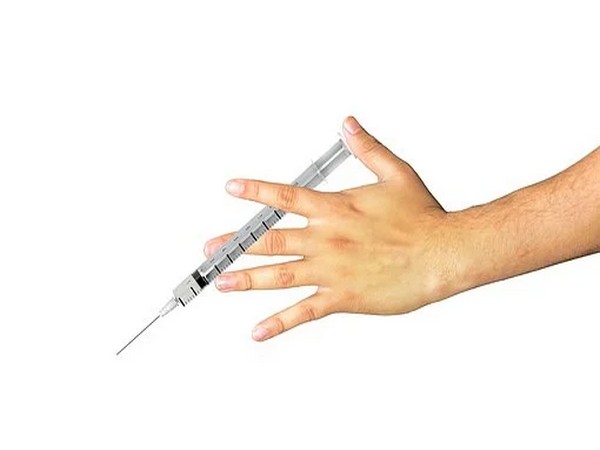Britain's COVID-19 Track and Trace failures, in numbers
This raises doubts about the impact of the £12 billion service. FAILURE TO REACH CONTACTS At best, the government's testing program is reaching only about half of the contacts of those infected with COVID-19 in England, a Reuters analysis of government data shows. Between May 28 and Nov. 4, tracers reached and obtained details of contacts from just two-thirds of the 767,074 people who tested positive for COVID-19.

- Country:
- United Kingdom
Few contacts of a person with COVID-19 in England are reached by the NHS Test and Trace service, Reuters found. Where a contact is reached and asked to isolate, the process is slow, taking an average of a week. This raises doubts about the impact of the £12 billion service.
FAILURE TO REACH CONTACTS At best, the government's testing program is reaching only about half of the contacts of those infected with COVID-19 in England, a Reuters analysis of government data shows.
Between May 28 and Nov. 4, tracers reached and obtained details of contacts from just two-thirds of the 767,074 people who tested positive for COVID-19. Those infected people who were reached and provided information identified 2.1 million contacts, and only two thirds of them were reached by tracers. Because tracers reached only a portion of those who tested positive and then only a portion of their declared contacts, at best, half of contacts who could be infecting others were told to isolate.
The same data show that most of the contacts who are traced by call centres – which do the bulk of contact tracing – live in the same home as the person who tested positive. These "household contacts" should already be isolating, according to government rules. From about 604,000 people who tested positive and were reached by the Test and Trace call centres, the tracers identified and reached just 337,000 non-household contacts – just one for each two cases.
A weekly survey by London School of Hygiene and Tropical Medicine shows that in July and August, most people were in close contact with two to four people outside their household per day, rising to between four and eight people in September. These are contacts that the Test and Trace service has not been reaching. DELAY IN REACHING CONTACTS
Reuters also found that it has been taking on average at least a week in England for contacts to be traced after someone becomes infectious – far longer than required to be effective in controlling the virus. The scientific consensus now is that people who become sick with COVID-19 were first exposed about five days earlier, and can infect other people one or two days before they display symptoms. An Oxford University study found that three-quarters of people with symptoms who transmitted COVID-19 to others did so between 2-3 days before and 2-3 days after the onset of symptoms.
After showing symptoms, it takes an average of two days to get tested, Reuters found. This emerges from data, shared with Reuters, from more than 500,000 tests tracked by health analytics firm ZOE and King's College London. Together they monitor the daily symptoms of 4.4 million people. That timing was confirmed to Reuters anecdotally by local health directors. After testing, there are further delays. Reuters analysed 730,000 COVID-19 cases and found it took on average three days to publish the results to a national dashboard.
According to government agency Public Health England, the full details of cases are passed to contact tracers a few hours before results are published to the dashboard. Contact tracing statistics show it takes an average of at least one additional day to reach a person who tests positive and then reach their contacts. Added together, all those delays mean it has been taking on average at least a week for contacts to be traced after someone becomes infectious.
A London School of Hygiene and Tropical Medicine study published in August that analysed a snapshot of the government's official test-and-trace data found an average delay of 3.9 days from testing a person to tracing their contacts. Such a delay means tracers are often asking many contacts to isolate after they have already infected others – and may even have stopped being infectious or have already self-isolated. The London School study calculated that reducing the time from testing to tracing by two days would reduce the transmission potential of contacts by 82%.
Study co-author Adam Kucharski, a professor at the London School and an expert on the maths of epidemics, said there were many other factors, including the impact of social-distancing measures, that determine the rate of onward transmission. "But beyond a certain point, if you are asking a contact to isolate when he or she has already stopped being infectious, it won't have any impact on reducing transmission," he said.
(This story has not been edited by Devdiscourse staff and is auto-generated from a syndicated feed.)
- READ MORE ON:
- Ryan










